BYDA’s journey in its first full year
The end of the financial year is here. No doubt, this is a busy time of year for everyone. For us here at Before You Dig Australia, it marks a significant milestone – our first full year of operation as a national organisation.
It has been a privilege, as CEO, to have been entrusted to lead such a significant transformation project by the BYDA board, our team and BYDA members. Personally, I am proud to say I have learnt a lot. Not just about the industry, but also about myself as a leader and, of course, the complexities of simultaneously merging six similar but unique businesses whilst standing up new operating systems and cultural expectations for the new organisation.
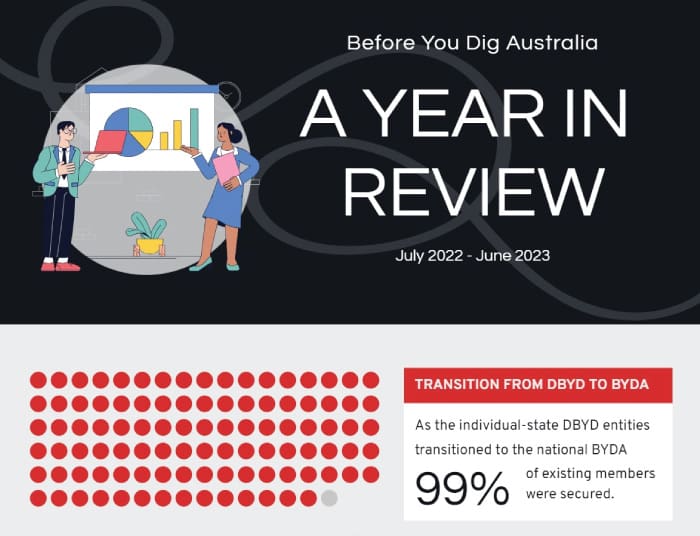
I can honestly say I’m not in a rush to do all of that at the same time, again anytime soon! But it’s been a great journey that has seen Before You Dig Australia recommit itself as a safety partner when it comes to zero damage – zero harm. I would like to take a moment to share with you some of the year’s achievements, as recognised by the independent project close review completed by Acutus Consultants.
Most significantly, our Damage Prevention Team have absolutely doubled down on their industry engagement across the country. We’ve had an incredible 626 awareness sessions delivered nationally and a collective participant number of 7397. Additionally, we attended another 218 trade and industry events with an estimated reach of 31,575. Furthermore, the team have developed a new ‘plan reading’ education session based on industry feedback and consultation with members. Officially launched on July 1.
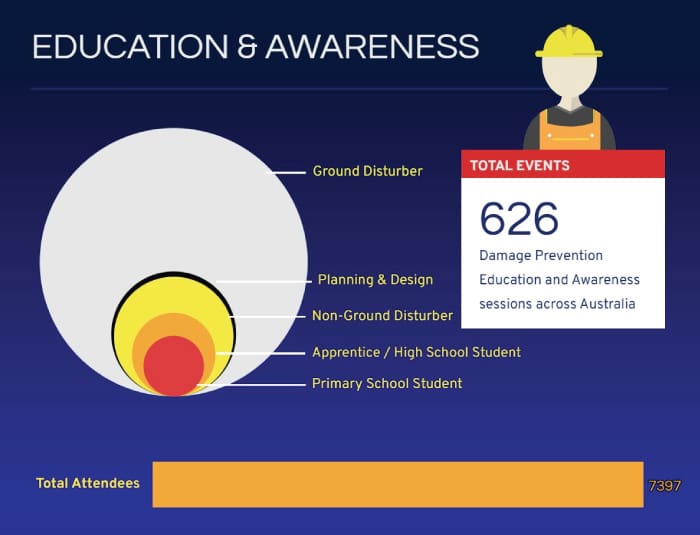
We have also registered BYDA as an official CPD provider with multiple organisations. These include the energy regulator in Tasmania, Master Plumbers VIC, Master Builders NSW and the majority of the national surveying organisations. This allows us to embed our safety messages in our key industry demographics.
On the membership front, BYDA has successfully transitioned existing DBYD members from each state to the new organisation. It has brought on 62 new asset-owning members with a current total membership base of 699. BYDA has also extended its referral automation technology user base nationally. 60 new members chose to integrate the platform as their preferred referral management tool. This brings the total number of current automated members directly with BYDA to 156. And encouragingly, we have a growing pipeline of interest across the country.
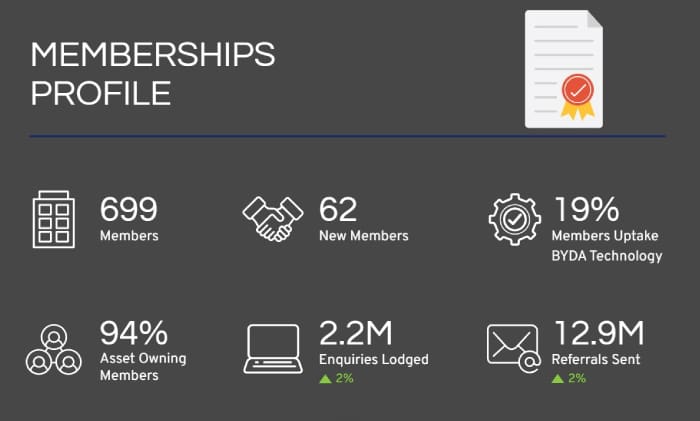
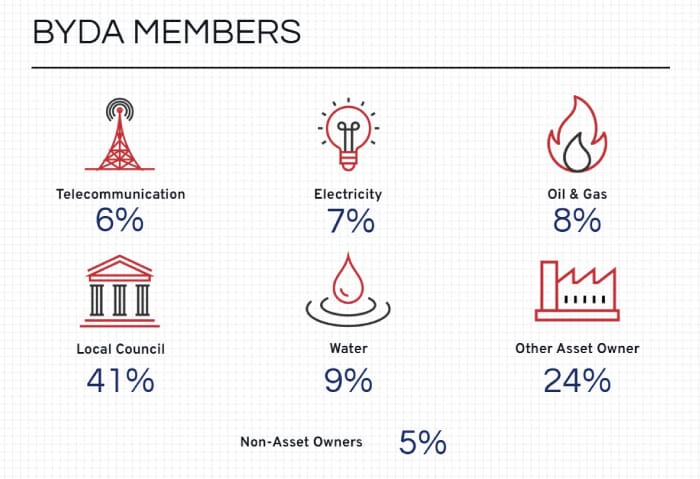
The benefit of the BYDA automation technology for members is the ongoing investment we have committed to with our technology partner Esri Australia. This means members do not have to invest in keeping the platform current. We have an active continuous improvement program ensuring that we are moving forward with improvements. This includes the ability to issue plans in both web maps and PDFs. The platform already allows members to set custom responses based on geographic areas or asset types and improved refinements to member Areas of Interest. This ensures that your assets are accurately recorded, minimising “no asset” responses.
The number of users of our referral service continues to grow! 163K new users registered over the course of the year.
The number of enquiries processed by the system over the year was 2,249,180, up by 55,000 from the previous year. BYDA’s strategic focus for the next year is how we can improve the information sent to users. We want to ensure that referrals are seen as an essential safety support tool. This will mean a “referral reset” as we challenge what a good referral looks like and begin moving towards consistent, high-quality messaging and reducing the repetition across the response. Big picture goals include looking at how BYDA can support members to include digital plan options for the construction sector to meet their needs which have moved beyond the PDF.
From an industry engagement front in my role as CEO, I have actively reengaged our relationship with the energy regulators and WorkSafe/SafeWork around the country. This allows BYDA to be positioned as a safety partner to minimise the risks of working around underground assets.
The results of this engagement have included a safe excavation blitz in NSW with a dedicated webpage on the Safework website and an active promotion of BYDA through podcasts and ENews. In SA, we heavily focused on BYDA during Safe Work Month in October. We conducted webinars and ongoing participation in several safety focussed committees supporting the construction sector. In Victoria, we are actively partnering with the energy regulator – Energy Safe Victoria, with joint representation at field days and trade events. ESV and WorkSafe VIC have also added BYDA to all “No Go Zone” posters and stickers they produce. These are distributed to the construction sector to remind them of the no-go zones when working around electricity and gas assets.
Additionally, we are at the table for various state discussions on the emerging Digital Twin projects around the country. We have embedded the BYDA process in the first stage of the Victorian Digital Twin. This will go live for their internal users later this year. I have also presented to the Australia and New Zealand Land Information Council about how BYDA can support their commitment to the UN on improved mapping of utilities to protect communities. This has led to conversations with the QLD and NSW governments around the growing need for the utility sector to work towards digital data exchange as the standard.
Whilst the year has delivered some outstanding success, it has also identified some significant challenges for the industry. The most pressing is the need to evolve beyond the PDF. There is no doubt that this change is difficult and will require significant member engagement and commitment. But the reality is that we cannot ignore the need to change.
With more and more government agencies creating GIS platforms to design and manage public infrastructure projects, the construction sector is moving rapidly towards digital data as the standard. The humble PDF has a rapidly reducing life span in regard to relevancy. BYDA surveyed 200 power users of the referral service, and the response was overwhelming. The demand for digital data files and reduced complexity in the supporting information was clear. So, we have some work to do! To kick-start these discussions, we have held our first Sector Safety Forum with electricity members from across the country. The event was held in late May to discuss the challenges and workshop solutions. We will produce a discussion white paper shortly and a save-the-date for our gas member event planned in September.
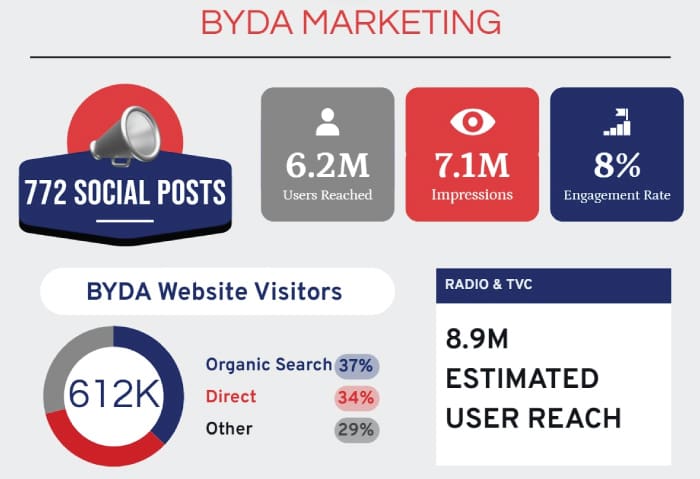
The BYDA board has also recognised the need for BYDA to commit to creating a pathway for digital innovation. As a result, we have set our year two strategic priorities around two major projects:
- The development of a user/member portal to:
- Allow the ability to download collated responses, safety and permit information, risk assessment tools etc.
- Ensure a high-quality user experience.
- Build the infrastructure to allow future data sharing from multiple sources, including Digital Twin as-built data, damage data and more.
- Referral template reset in response to industry feedback. We will challenge the idea of what a good referral looks like in terms of usability, readability and simplicity. This way, we can ensure that the safety and damage prevention information needed to achieve zero damage – zero harm is front and centre of the information sent to users.
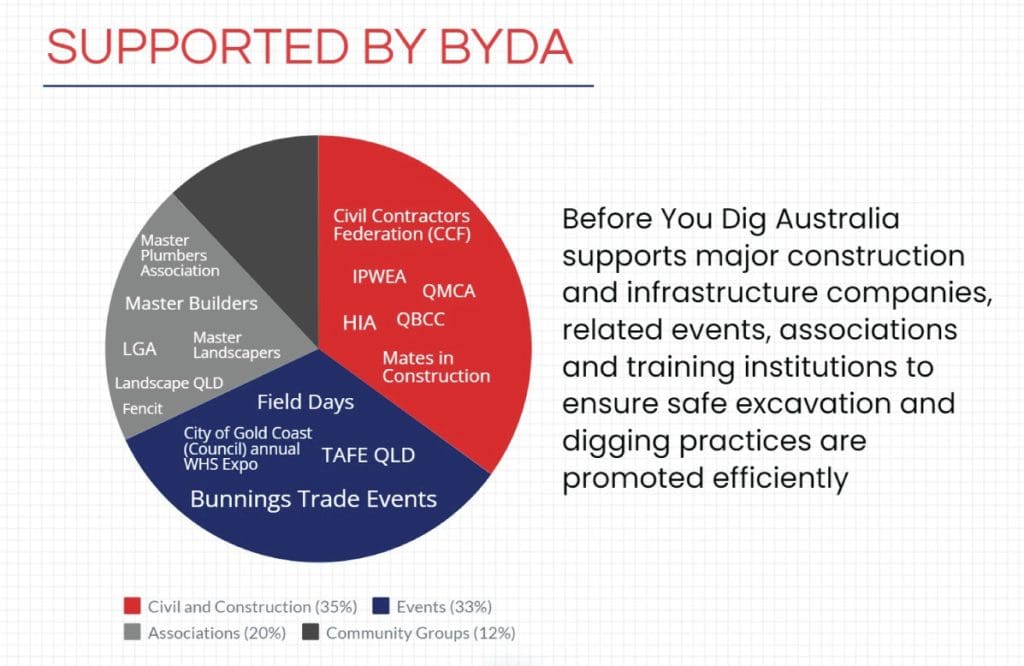
The strategy for the next 12 months also focuses on ongoing industry outreach for damage prevention. This includes the launch of the new plan reading session, new video content and a focus on CPD accreditation. We are also focusing on continuing to build relationships with regulators around the country. The board is also undergoing a board effectiveness review facilitated by KPMG to ensure our governance is agile. All in all, it’s going to be a busy 12 months.
I always welcome the opportunity to meet with you and your team to talk through BYDA’s strategic direction and, more generally, how we can support both members and the industry to achieve zero damage – zero harm when working around underground infrastructure.
Cheers,
Mell Greenall
BYDA CEO